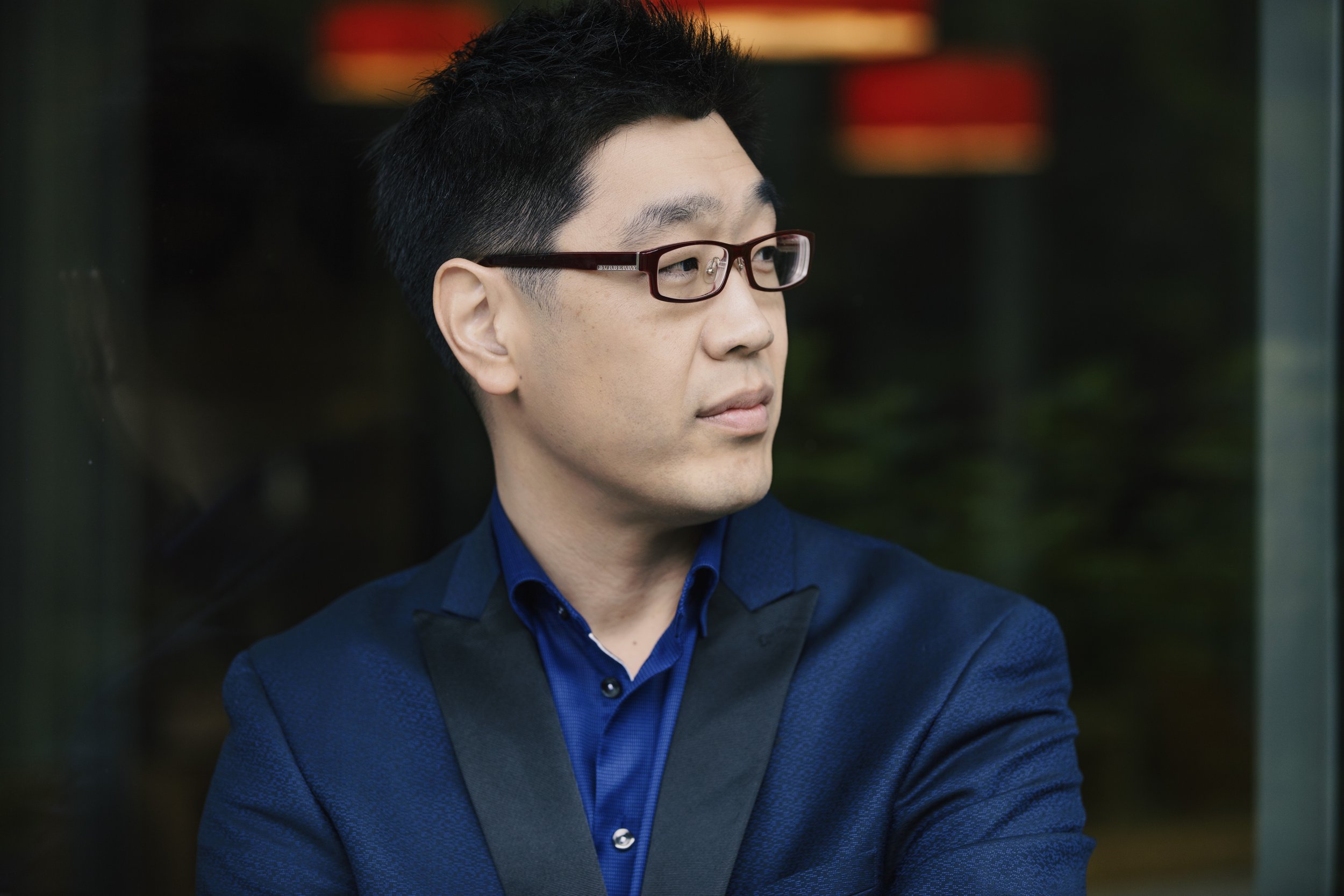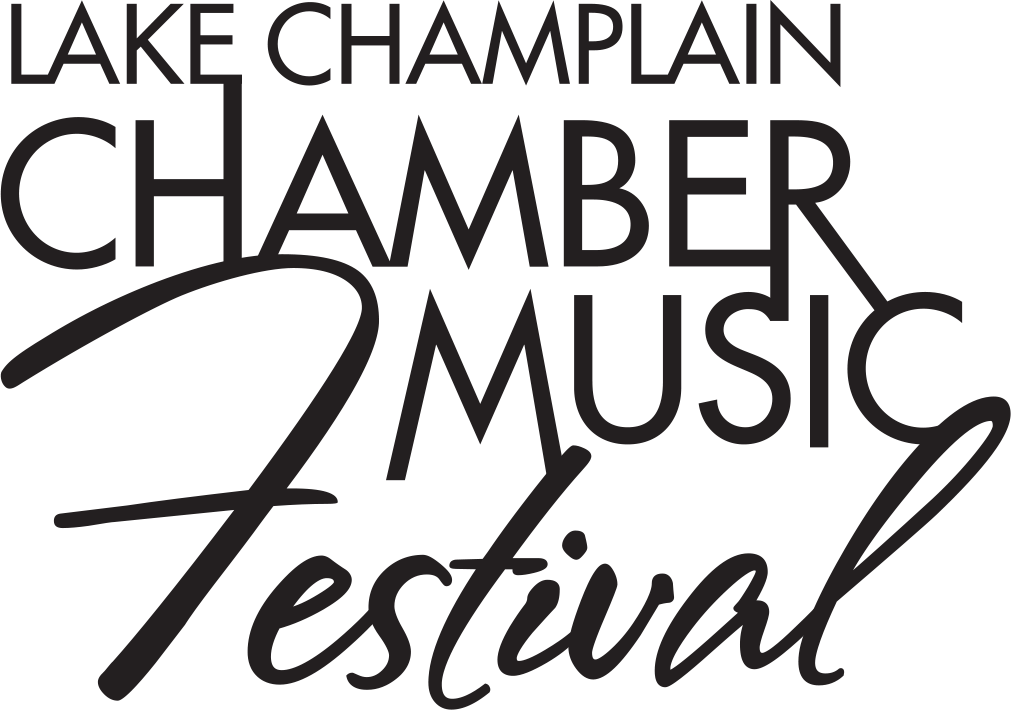CONCERT I: The Rhythm of New York City
SUNDAY, AUGUST 20, 2023
Elley-Long Music Center at St. Michael’s College (map)
2:15 PM | Pre-Concert Conversation with Soovin Kim and David Ludwig
3:00 PM | CONCERT I: The Rhythm of New York City
Few artists are as synonymous with New York City as the supremely talented George Gershwin and Leonard Bernstein. Their irrepressible spirits established New York as the place where different musical styles and cultures could fuse together seamlessly - the city where “King of Swing” Benny Goodman could perform Béla Bartók’s Hungarian folk style in the world’s greatest concert hall, Carnegie Hall. The vibrancy of New York gave rise to inspirational figures like Ellen Taaffe Zwilich, the first female composer to win the Pulitzer Prize.
Reception and Meet-the-Artists to follow
General Admission $40
Under 30 $20
Students $5
-
Soovin Kim, violin
Jose Franch-Ballester, clarinet
Gloria Chien, pianoOf all the twentieth-century pieces, Bartók’s Contrasts takes the prize for a distinguished and surprising pedigree. The trio inhabits the world of “modern music,” for sure, with angular challenges to a listener living complacently in the tuneful world of nineteenth-century chamber music. But the unique character of the music is a nod to the joint commissioners—predictably Bartók’s friend, the famous Hungarian violinist Joseph Szigeti, and unpredictably Benny Goodman, then at the height of his career as a big-band leader and a jazz clarinetist.
Goodman had developed a serious interest in classical music, even recording the Mozart Clarinet Quintet with the Budapest Quartet. He had befriended many distinguished classical musicians, including Szigeti who sent Bartók several Goodman recordings and asked him to write “a six-to-seven minute clarinet/violin duo with piano accompaniment”. He also suggested none too subtly: “Goodman and I would be pleased if we were given brilliant cadenzas.” Not shy, those musicians. The proposed duration reflected the space available on two sides of a 12-inch 78 rpm phonograph record. Ever practical too, those musicians.
Bartók was not accustomed to working within such limits. He did send the requested two-movement version, but he also enclosed an extra movement with a note: “Generally the salesman delivers less than he is supposed to. There are exceptions, however.” The two-movement version was performed at Carnegie Hall on January 9, 1939; the expanded work, re-titled Contrasts, was heard at Carnegie a year later on April 21, 1940 with Bartók himself at the keyboard, having just that year fled Europe.
Folk music lies at the heart of all Bartók and he admired the stylish freedom of jazz, so the exceptionally diverse talents of the Hungarian and American joint commissioners provided natural inspiration. The title Contrasts refers to the treatment of the same material by musicians emerging from different traditions. Bartók exploits the timbral and idiomatic contrasts between violin and clarinet as well. A unique work.
The opening movement, Verbunkos (Recruiting Dance), is a popular dance form from the eighteenth century, used by army recruiters in rural villages— with the help of a drink or two, no doubt. What an unimaginably distant tradition! The march-like figuration in a moderate tempo gradually becomes a rather intricate weaving of melodic lines and harmonic coloring. Near the end the requested impressive clarinet cadenza appears, a jazz club riff. The uninvited central slow movement, Pihenö (Relaxation) unfolds as a lyrical night piece, offering sounds of nature with a relaxed free-flowing quality. The concluding Sebes (Fast Dance) begins with an energetic violin motif on a deliberately mistuned instrument. Known as scordatura—from the Italian “detuned”—this alternative tuning allows otherwise impossible note sequences, creating unusual timbres and a rougher sound. After 30 measures the conventional tuning returns and the impact of this contrast is primitive, shocking, and delightful.
Contrasts demands inventive superior musicianship. Offering music fresh and varied in character and rich in picturesque suggestions, it makes full use of Bartók’s artists, his repertory of string effects, and his impressionistic piano devices—tone clusters, tremolos, glissandi. The writing for the piano is less percussive than usual in Bartók, so the piano recedes to allow the commissioning instruments their freedom and, of course, a chance to shine with the requested cadenzas. The work ends with a quiet coda.
©2023 Frederick Noonan and LCCMF
-
Hye-Jin Kim, violin
Ayane Kozasa, viola
Sameer Apte, cello
Nina Bernat, contrabass
Jeewon Park, piano -
Jose Franch-Ballester, clarinet
Hye-Jin Kim, violin
David Bernat, violin
Sameer Apte, cello
Nina Bernat, double bass
Jeewon Park, piano
Ayano Kataoka, percussionLeonard Bernstein graduated from Harvard in 1939 and later reminisced of those college days as “among my greatest musical assets: for the general non-musical training given to me there opened my mind to the world's work.” From Cambridge, he moved to Philadelphia to study at the Curtis Institute, where he received more intensive training as a conductor from Fritz Reiner. And after receiving his diploma there in 1941, he set up with some theater friends in an apartment in Greenwich Village while spending summers at Tanglewood studying conducting under Serge Koussevitzky.
According to the title page, the Sonata for Clarinet and Piano was composed in two phases during these early years: begun at Key West in September 1941 and completed at Boston in February 1942. (The Leonard Bernstein estate’s timeline reminds us that the bombing of Pearl Harbor occurred between these two periods of composition.) In the sonata’s angular, neoclassical style, one might notice the imprint of Paul Hindemith, the German composer who, having emigrated from Nazi Germany to the United States, had also taught Bernstein at Tanglewood in the summer of 1941. Once he completed the sonata, Bernstein dedicated it to his fellow Tanglewood student, the twenty-year-old clarinetist David Oppenheim.
The sonata became Bernstein’s first published piece—it was so promising a début that Warner, the music publishing giant, shrewdly offered the young composer a lucrative five-year contract in return for publishing exclusively with them, thus launching his illustrious career.
© 2023 Peter Asimov
-
Clayton Stephenson, piano
Hye-Jin Kim, violin
Soovin Kim, violin
Fred Sherry, cello
Nina Bernat, double bass
Jose Franch-Ballester, clarinet
Brandon Ridenour, trumpet
Ayano Kataoka, percussion
PROGRAM
ARTISTS
-

Soovin Kim
VIOLIN
-

Gloria Chien
PIANO
-

David Bernat
VIOLIN
-

Hye-Jim Kim
VIOLIN
-

Ayane Kozasa
VIOLA
-

Sameer Apte
CELLO
-

Fred Sherry
CELLO
-

Paul Watkins
CELLO
-

Nina Bernat
Double Bass
-

Jose Franch-Ballester
CLARINET
-

Brandon Ridenour
TRUMPET
-

Ayano Kataoka
PERCUSSION
-

Jeewon Park
PIANO
-

Clayton Stephenson
PIANO

